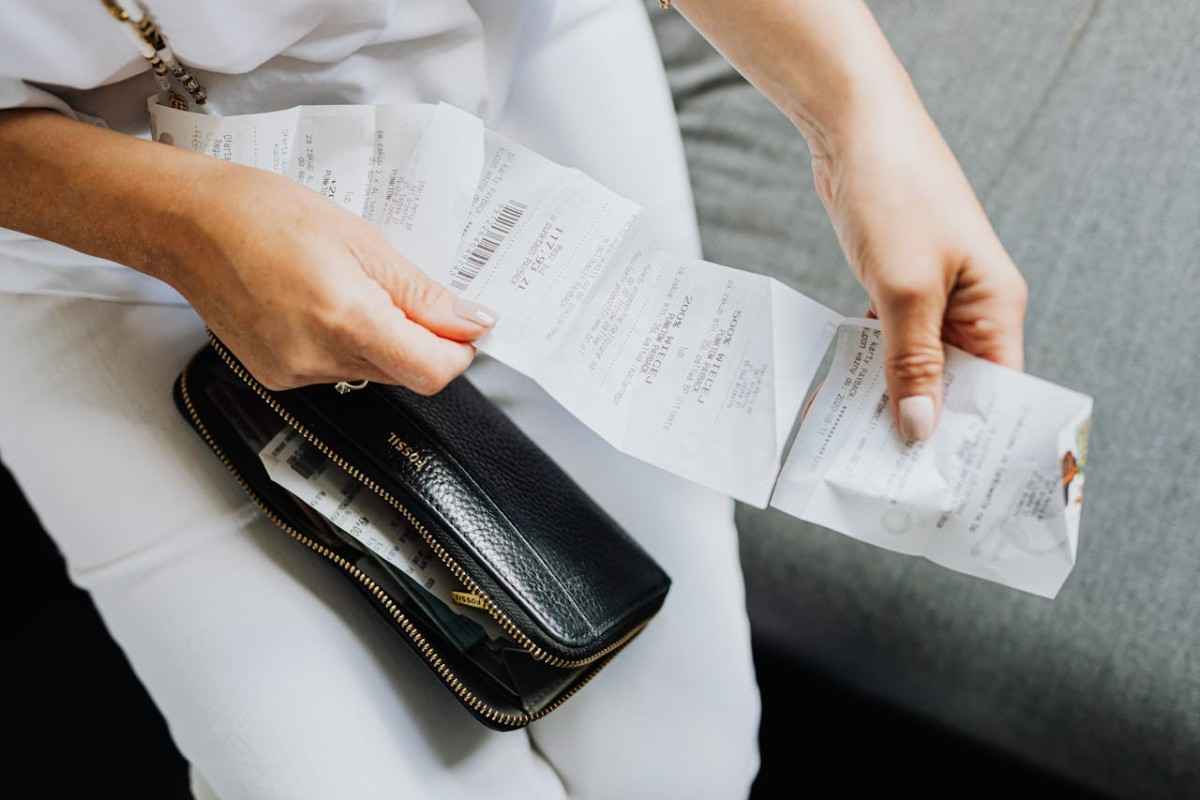Let’s be honest – budgeting sounds about as fun as eating plain boiled broccoli. But here’s the thing: a budget isn’t a punishment, it’s a plan for freedom. Imagine not panicking every time your phone buzzes with a “low balance” notification. Nice, right?
The truth is, most of us don’t have an income problem—we have a spending awareness problem. The good news? With just a few smart budgeting tricks, you can manage your daily expenses without feeling deprived.
In this post, I’ll walk you through 7 practical tips to prepare a budget and actually stick to it. Ready to boss your money around? Let’s dive in.
Why Budgeting Matters for Daily Expenses
Think of budgeting like Google Maps for your money. You can keep driving without directions, but chances are you’ll run out of fuel (or cash) before reaching your destination.
Daily expenses may seem small, but they add up. That “just one coffee” or “quick delivery” habit could be eating up thousands each year. A budget helps you:
- Control where your money goes.
- Save for emergencies (because life happens).
- Actually afford the things you truly want in the long run.
7 Tips on How to Prepare a Budget & Manage Daily Expenses
1. Track Every Rupee (or Dollar) You Spend
Before you fix your money habits, you need to catch them in the act. Start by tracking where every single rupee goes for a month.
You’ll be surprised—sometimes shocked—at how much sneaks away on “little things.” Use apps like Mint, YNAB, or even a simple notebook. The goal isn’t guilt—it’s awareness.
Example: That daily ₹150 coffee? Over a month, that’s ₹4,500—basically a new phone EMI.
2. Differentiate Needs vs Wants
Here’s a secret: most of us don’t overspend on rent or groceries—we overspend on the “wants.”
- Needs: Food, shelter, transport, utilities.
- Wants: That 3rd streaming service you forgot to cancel, or ordering pizza at 1 AM.
Try the 50/30/20 rule:
- 50% of income → needs
- 30% → wants
- 20% → savings/investments
Simple, flexible, and surprisingly effective.
3. Create a Realistic Monthly Budget
Don’t try to live on instant noodles just to save 70% of your income—you’ll give up in two weeks. Instead, create a realistic budget.
Steps:
- Write down your total income.
- Deduct fixed expenses (rent, bills).
- Allocate money for variable expenses (food, travel).
- Put aside savings before you spend.
Pro tip: Leave room for “fun money.” If your budget feels like prison, you won’t stick to it.
4. Automate Savings First
Here’s the golden rule: pay yourself first. The moment your income arrives, set up an automatic transfer to your savings account or SIP (Systematic Investment Plan).
Think of it as “future you” paying “current you” rent. Your future self will thank you when emergencies (or dream vacations) come up.
Also, aim to build an emergency fund equal to at least 3–6 months of expenses. That way, a car repair or medical bill won’t knock your budget flat.
5. Use Cash or Digital Wallet Wisely
There’s psychology at play: swiping a card or tapping a UPI ID feels painless compared to handing over cash. That’s why many people overspend digitally.
Trick your brain:
- Withdraw your weekly spending allowance in cash.
- Or, set spending limits in your digital wallet.
- Avoid unnecessary credit card swipes—interest rates are evil.
6. Cut Back on Small Daily Expenses That Add Up
Your biggest money leaks aren’t always big purchases—they’re the little repeat offenders.
Common culprits:
- Food delivery apps (goodbye ₹300 dinners, hello ₹900 monthly bills).
- Subscriptions you don’t use.
- Impulse shopping (those “limited-time offers” are eternal).
Swap hacks:
- Cook at home (healthier + cheaper).
- Bulk buy essentials.
- For affordable fun, mix in free YouTube content or a library book instead of always relying on paid streaming.
Remember: your Netflix bill shouldn’t look like your rent.
7. Review & Adjust Your Budget Regularly
Budgets are like diets—you have to check progress and tweak as needed. Review your budget monthly.
- Are you sticking to savings goals?
- Did your expenses go up (new rent, kids, inflation)?
- Can you cut or shift spending categories?
Small, regular adjustments keep your budget effective and stress-free.
Common Mistakes to Avoid in Budgeting
- Overcomplicating: If your budget looks like rocket science, you won’t follow it.
- Ignoring tiny expenses: “It’s just ₹50” is dangerous thinking.
- Being too strict: A budget with zero fun = guaranteed failure.
Tools & Apps That Can Help
You don’t need to do this alone. Try these:
- Mint, YNAB, Goodbudget → Expense tracking.
- Excel or Google Sheets templates → For DIY lovers.
- Banking apps with budget features → Easy auto-updates.
FAQs – Your Top Budget Questions Answered
1. What is the easiest way to start budgeting daily expenses?
Start by tracking everything you spend for one month. Awareness is step one.
2. How much should I save from my monthly income?
Aim for at least 20%, but anything is better than nothing.
3. Is it better to use budgeting apps or manual tracking?
Whichever you’ll actually stick to—apps are convenient, but pen and paper works too.
4. How can I manage expenses if my income is irregular?
Base your budget on your lowest predictable monthly income. Save extra when you earn more.
5. What’s the 50/30/20 budget rule?
Spend 50% on needs, 30% on wants, and save/invest 20%.
Last but Not Least
Budgeting isn’t about saying “no” to life—it’s about saying “yes” to the right things. With these 7 tips, you’ll not only manage your daily expenses but also move closer to financial freedom.
Start small: track your spending, set aside savings, and cut one unnecessary expense this week. Your future self (probably sipping coconut water on a beach) will be grateful.


